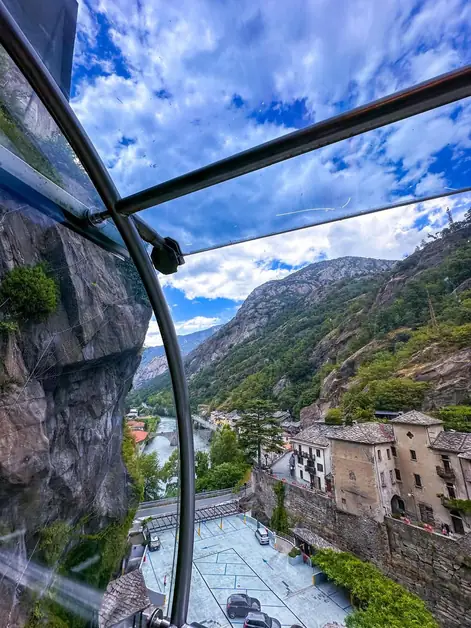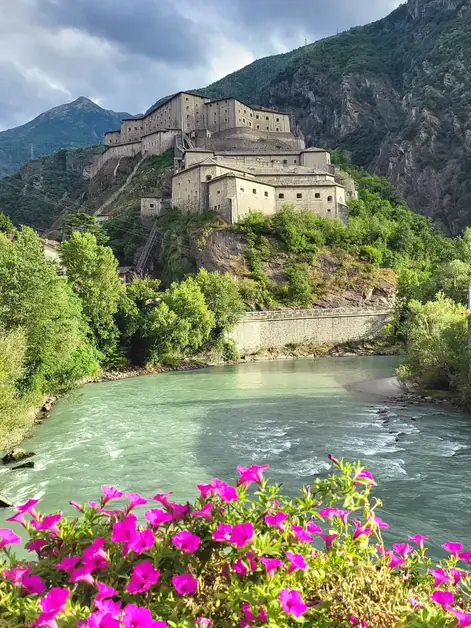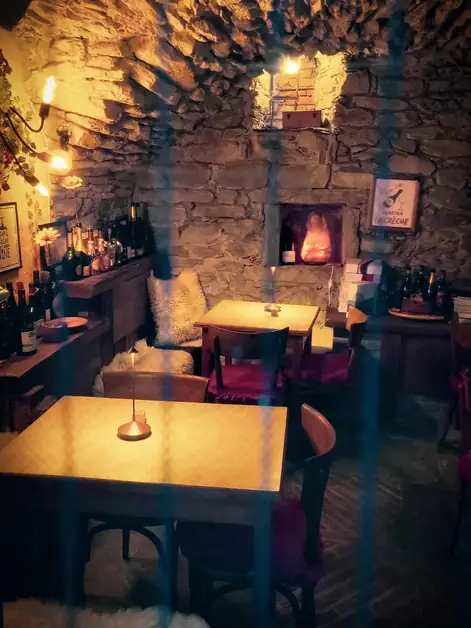Discover the Enchanting Valle di Loo and Obre Loo Village
The Valle di Loo in Gressoney offers enchanting landscapes and a unique Walser village.

What is the Valle di Loo in Gressoney?
The Valle di Loo is a small side valley located in Gressoney-Saint-Jean, in the Aosta Valley. It is often referred to as "the magical valley" because it offers a unique landscape characterized by green meadows, streams, pastures, and ancient stone huts.
Where does trail number 12 to the Valle di Loo start?
The starting point is in Gressoney-Saint-Jean. Here, you take trail number 12, which gradually leads into the valley. The path is well-marked and suitable for hikers accustomed to walking in the mountains.
How long does it take to reach the village of Obre Loo?
From the starting point to the village of Obre Loo takes about 2 and a half hours of walking. The duration depends on the pace and breaks, but the trail does not present significant technical difficulties: it is a hike suitable for those with a minimum of training.
Why is the village of Obre Loo special?
Obre Loo is an ancient Walser village, built of stone and wood. Here, time seems to have stopped: the huts, the slate roofs, and the walls tell the story of the Walser community that inhabited these mountains. Strolling among these houses feels like stepping back in time.
What landscapes can be encountered along the trail to the Valle di Loo?
During the hike, you pass through larch forests, green pastures, and alongside clear streams. In summer, the meadows are full of alpine flowers, while in autumn, the colors of the leaves make the valley even more enchanting.
Is it possible to see animals along the way?
Yes, in the Valle di Loo in Gressoney, you can encounter marmots, ibex, and chamois. It is not uncommon to see marmots popping out of their burrows, especially on sunny days.
What is the difficulty of the hike to the village of Obre Loo?
Trail number 12 has an hiking difficulty (E). This means that it does not require technical equipment, but some physical endurance is needed. The elevation gain is about 600 meters.
What is the best time to visit the Valle di Loo?
The ideal period is from June to September, when the trails are free of snow. In spring, the valley is full of water flowing from the glaciers, while in summer it offers the coolness of the woods. Autumn brings the most intense colors.
Can the Valle di Loo be visited in winter?
In winter, trail number 12 is covered in snow, and the hike becomes suitable only for those who practice ski mountaineering or snowshoeing. For those who love walking in the snow, the valley becomes even quieter and more magical.
Are there refreshment points along the way to Obre Loo?
The trail to the Valle di Loo in Gressoney does not have shelters or restaurants along the ascent. It is advisable to bring water and a packed lunch. Once back in Gressoney, you can find excellent trattorias and typical restaurants.
What does "Obre Loo" mean?
The name "Obre Loo" comes from the Walser dialect. "Obre" means "upper" and distinguishes this village from other settlements lower down in the valley. It is a testament to the Walser culture, which has left deep marks throughout the Gressoney area.
Why visit the Valle di Loo if you are a tourist in Gressoney?
Many tourists know Gressoney for Monte Rosa and the ski slopes. But the Valle di Loo represents a hidden and authentic side of the valley. Here you can experience the quieter mountain, away from the crowds, discovering traditions and nature.
What practical tips should be followed for the hike to the village of Obre Loo?
Wear hiking boots. Bring water and food. Start early in the morning to enjoy the best light. Don't forget the camera: the views are unforgettable.
Is the Valle di Loo suitable for children?
Yes, but only if they are used to walking. The path is not dangerous, but it requires time and endurance. For families with small children, it is better to stop at the early stages of the trail and enjoy the meadows and streams.




